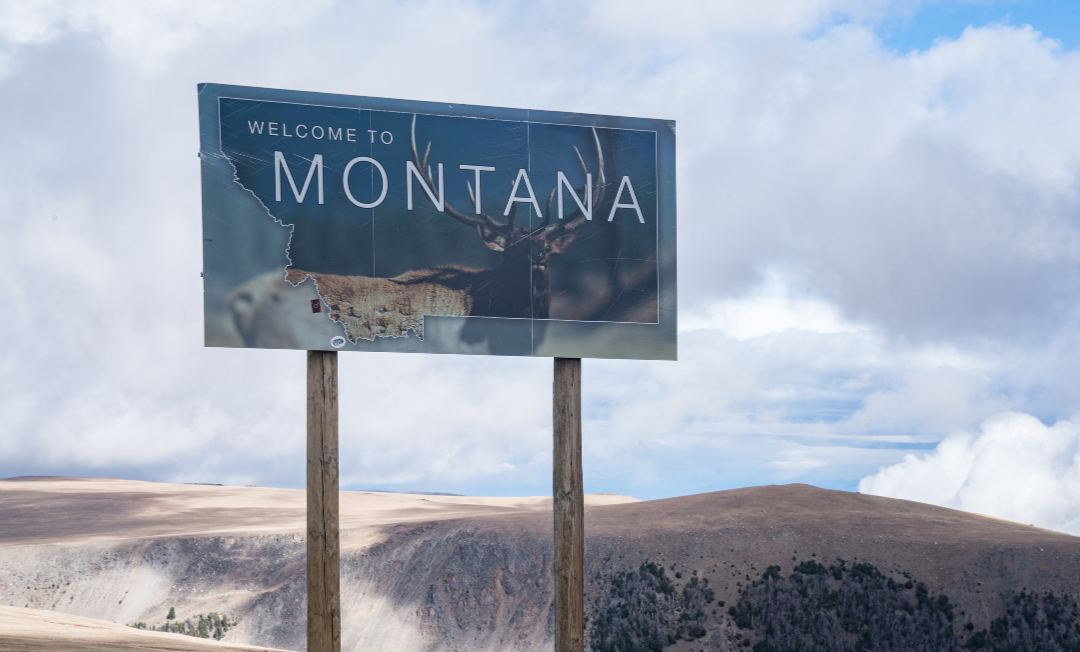In 1982, Joel Garreau’s groundbreaking argument that North America’s divisions are more cultural and economic than political still resonates today. As we approach the forty-year mark, let’s revisit his map and see how it stands the test of time.
This blog is a deep dive into The Nine Nations of North America, a map that continues to shape our understanding of the continent. We’ll explore where Garreau’s vision still holds, where modern influences have redrawn the map, and how even seemingly unchanging regions like Indiana have evolved.
A reflection on cultural identity, innovation, and the ever-evolving shape of a continent.
When I first read the book, my sales manager insisted it would help me better understand customers, markets, and human nature.
Over forty years later, I stumbled upon my old copy of Garreau’s map, a book my sales manager recommended for understanding customers, markets, and human nature. As I revisit it now, I can’t help but question its relevance in our hyper-connected, technology-driven world.
The answer: Partially.
While some of Garreau’s insights may seem frozen in a world that has evolved past them, their enduring relevance continues to enlighten and engage us.
Where The Nine Nations Still Hold Relevance
- Regional Culture Remains Powerful
Despite smartphones, Zoom meetings, and instant access to global news, regional identities are alive and well. New England still exudes its historic pride. Dixie holds tightly to its traditions. The Pacific Northwest (Ecotopia in Garreau’s map) continues its green revolution.
In some ways, regionalism has become even stronger, as people seek to protect what makes their “nation” unique in an increasingly globalized world. This resilience of regional identities in the face of globalization reassures us of the enduring power of our cultural roots and the connections they provide.
- Economic Foundations Endure
The economic engines Garreau identified still drive many regions today. Agriculture remains central to the Breadbasket. Energy extraction still powers parts of the former Empty Quarter. Technology hubs still thrive in areas Garreau linked to Ecotopia.
His point that economics, not politics, defines regional identities remains sharply relevant, providing a sense of security and confidence in the stability of our regions.
- Migration Trends Reinforce Old Divides
Garreau noted that migration patterns have intensified. He claimed that retirees were moving south, tech workers were clustering around urban innovation hubs, and immigration was reshaping the Southwest. These are, in fact, true.
Currently, many residents of the Pacific Coast are relocating to Idaho and Montana. Meanwhile, Illinois and several eastern states are experiencing population declines as people migrate south or head west to Montana, Idaho, or southwest to Arizona..
“Forty years later, Garreau’s map reminds us: North America is a living, breathing patchwork, not a fixed picture.”
These shifts often deepen the cultural and economic divides he first mapped out.
Where The Nine Nations No Longer Fit
- The Empty Quarter Isn’t So Empty
Garreau saw much of the interior West — Arizona, Idaho, Montana, New Mexico — as a sparsely populated frontier. But today, Phoenix is one of the fastest-growing metro areas in the U.S., and Boise is booming. Remote work, outdoor recreation industries, and tech migrations have filled many formerly “empty” spaces.
The Empty Quarter now buzzes with life, opportunity, and challenges, particularly regarding water scarcity and urban sprawl.
- Technology Has Blurred Borders
The internet, remote work, and globalization have connected cities and industries in ways Garreau couldn’t have imagined. A startup in Kansas might collaborate daily with partners in Toronto and San Francisco. Economic alliances now stretch across traditional boundaries. - Globalization Redrew the Map
Garreau focused on North America in isolation. Today, every major city is a global player — culturally, economically, and demographically. Houston isn’t just Texas oil country anymore; it’s one of the most diverse cities in the world. Toronto is a global innovation hub, not just part of the old Foundry.
A Personal Perspective: Indiana’s Transformation
One vivid example of these shifting dynamics is close to home in Indiana.
When Garreau published his map, Indiana was squarely in the Breadbasket, defined by agriculture and manufacturing. But today, Indiana is emerging as a global leader in biotechnology.
According to BioCrossroads’ 2024 report:
- Indiana is #1 in life sciences exports, totaling $27 billion.
- We’re #1 in pharmaceutical exports, at $21 billion.
- We saw over 926 patents granted and $260 million in venture capital funding in the past year.
- The state secured 100 new FDA approvals.
This transformation of Indiana, still a central agricultural state growing corn and soy beans and a leading pork producer, has also become a global leader in biotechnology. While it is still true that geography and culture continue to shape us, innovation and adaptability reshape entire regions’ economic identity. Garreau’s static “nations” are redefined by ambition, technology, and global collaboration.
Indiana’s rise as a biotech leader proves that no region’s destiny is ever sealed.
Indiana, once a proud cog in the Breadbasket, is now helping feed not just the world’s stomachs but also its medical breakthroughs.
Why The Nine Nations Still Matters
Even where Garreau’s framework falls short, his central insight remains invaluable and should guide our understanding of regional identities:
Political lines are just ink on a map. Real divisions and unities come from culture, economy, and how we live our lives.
In today’s polarized climate, it’s easy to see everything as either red or blue states and living in either urban or rural areas.
Garreau reminds us that the truth is more profound — and often more interesting.
Final Reflection
Finding The Nine Nations of North America again felt like opening a time capsule. Some ideas have weathered time beautifully, while others have faded into history.
But the core lesson endures: North America isn’t fixed — it’s a living, breathing patchwork, constantly evolving. This dynamic nature should intrigue and pique the curiosity of our readers.
And so are we.


































































